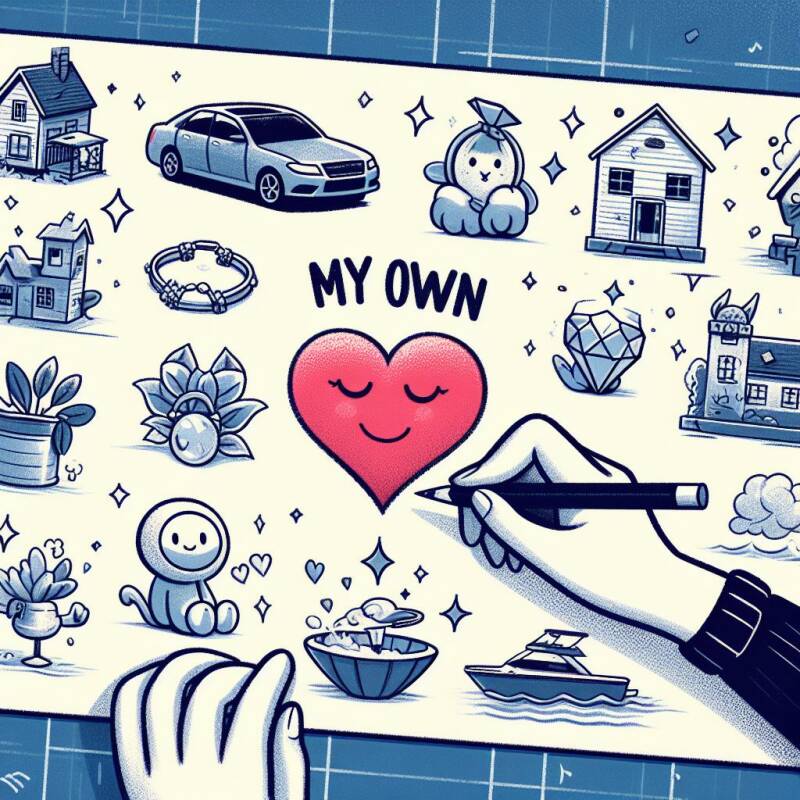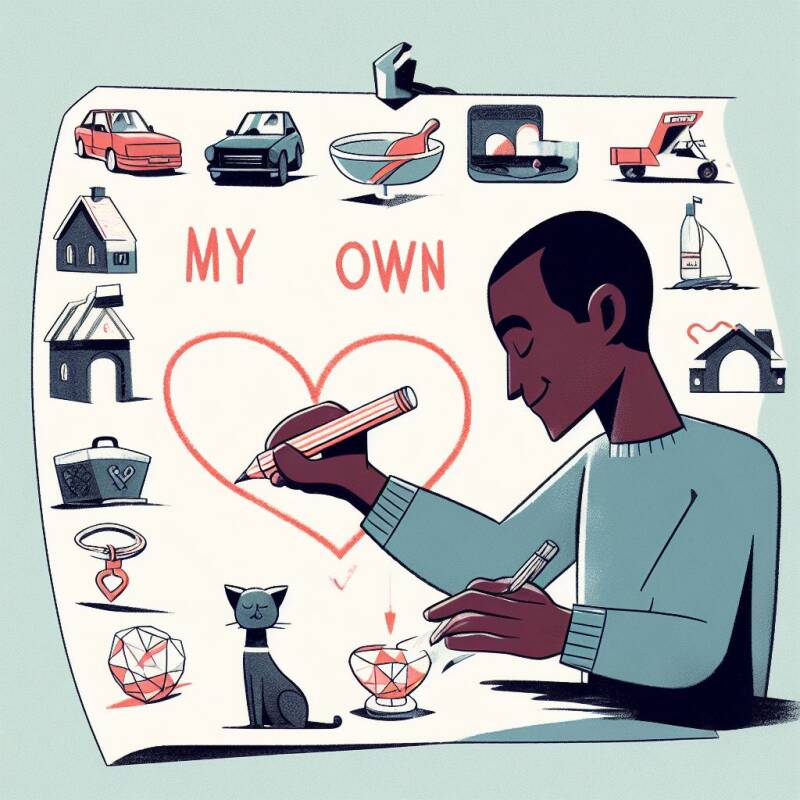My reply:
As a game design teacher, I strive to give my students as much creative freedom and ownership over their learning as possible. Game design requires imagination, problem-solving, collaboration, and persistence. By giving students choice and control over their learning process through the ePortfolio, they gain critical real-world skills that will serve them well beyond the classroom.
Student ownership over the entire ePortfolio process enables them to carefully curate and reflect on their progress and growth over time. As they organize and structure their work, students gain valuable meta-cognitive skills. The process of selecting their best projects to showcase gives students an opportunity to identify areas where they excelled and areas for improvement. Writing reflections that accompany their work requires insightful self-assessment.
The chance to revise and restructure their ideas and writing allows for deeper learning. As students rework drafts, they engage in iterative thinking, finding ways to better articulate their knowledge. This mimics the real iterative process of creation and refinement that professionals utilize.
Authentic learning opportunities that make a difference are incredibly empowering. When students tackle projects that have a real impact, they are intrinsically motivated to do their best work. This sense of purpose fuels their eagerness to learn. Students then can include these meaningful projects in their portfolios, demonstrating their skills and talents.
Ultimately, ownership over their ePortfolios enables students to tell their own unique story of growth and achievement. As an educator, I find this student-driven approach leads to deeper, personalized learning that will stay with each student long after they leave my classroom. Ownership inspires pride in one's accomplishments and abilities that will fuel future success. That is why it is so important!


Add comment
Comments